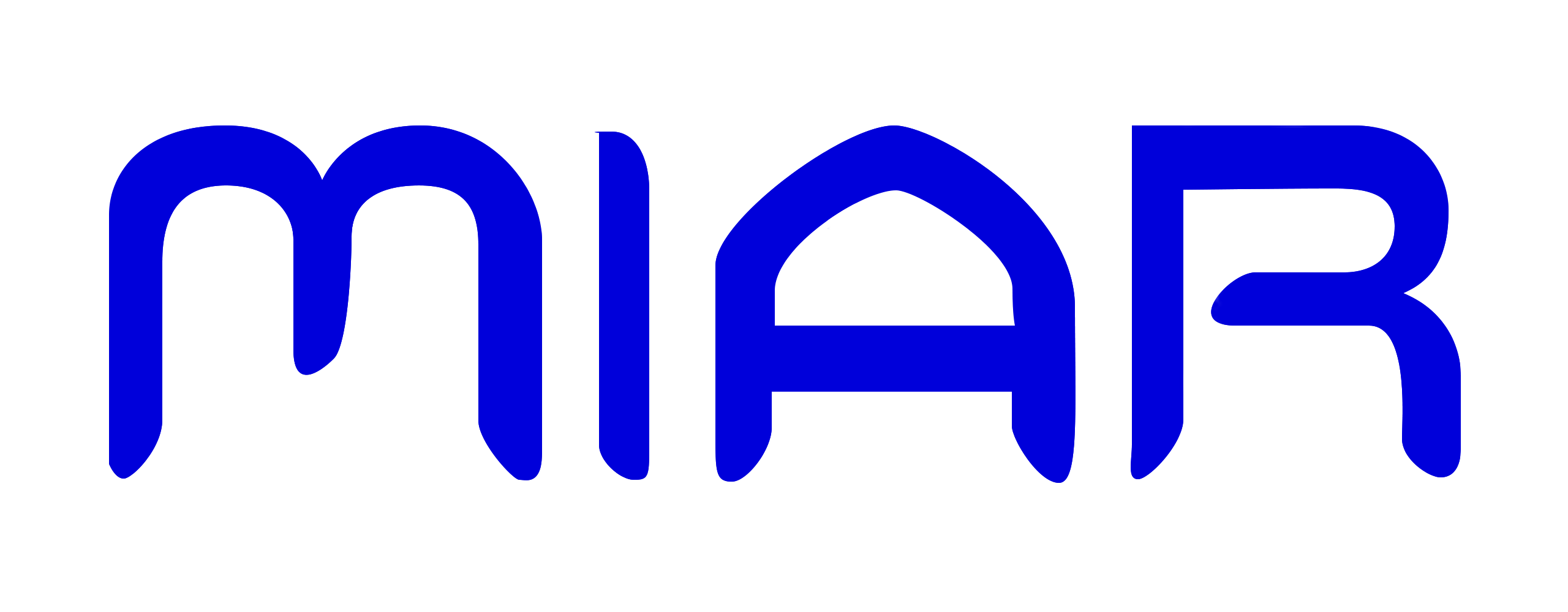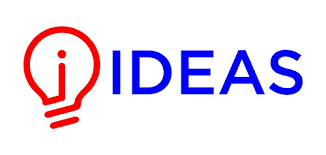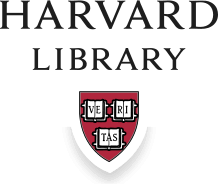Article | Open Access | Published: 1 May 2017
HOW DOES WORKPLACE BULLYING TRIGGER VICTIM'S COUNTERPRODUCTIVE BEHAVIORS? THE MEDIATING ROLE OF PERCEIVED CO-WORKER SUPPORT
| Views: | 171 | | | Downloads: | 153 |
Abstract:
Purpose/Objectives: This study disentangles an important knot in the bullying literature by examining how and through what psychological processes workplace bullying triggers counterproductive work behaviors (CWBs) in its victims. Using the theory of triggered displaced aggression and stressor-emotion model of CWB we hypothesize that workplace bullying as a stressor leads to the development of negative perceptions of coworker support which prompt its targets to strike back by displaying CWBs both towards the source of abuse and redirect it towards others such as co-workers as well as organization. Methodology: By collecting two source field data (N= 334; Self-peer dyads) from employees working in the Education, Banking and Telecom sector of Pakistan, we tested our direct as well as mediation hypothesis using Structural Equation Modeling (SEM) technique. Findings: The results of SEM analysis support all the direct as well as indirect paths clearly suggesting that victims of bullying develop lower perceptions of coworker support which causes them to vent out their frustration creating higher levels of individually as well as organizationally directed CWBs. Practical Implications: Our study extends the mistreatment literature and is beneficial for managers as it examines and tests a unique mechanism of perceived coworker support in the through which a stressful condition of bullying ignites CWBs in its targets towards others and organization
Keywords:
Workplace Bullying, Perceived Co-worker Support, Counterproductive work Behavior
Publisher:
ILMA UNIVERSITY
Published:
1 May 2017
E-ISSN:
2409-6520
P-ISSN:
2414-8393
DOI:
-
This is an open access article distributed under the terms of the Creative Commons Attribution CC BY 4.0 license, which permits any use, distribution, and reproduction of the work without further permission provided the original author(s) and source are credited.














